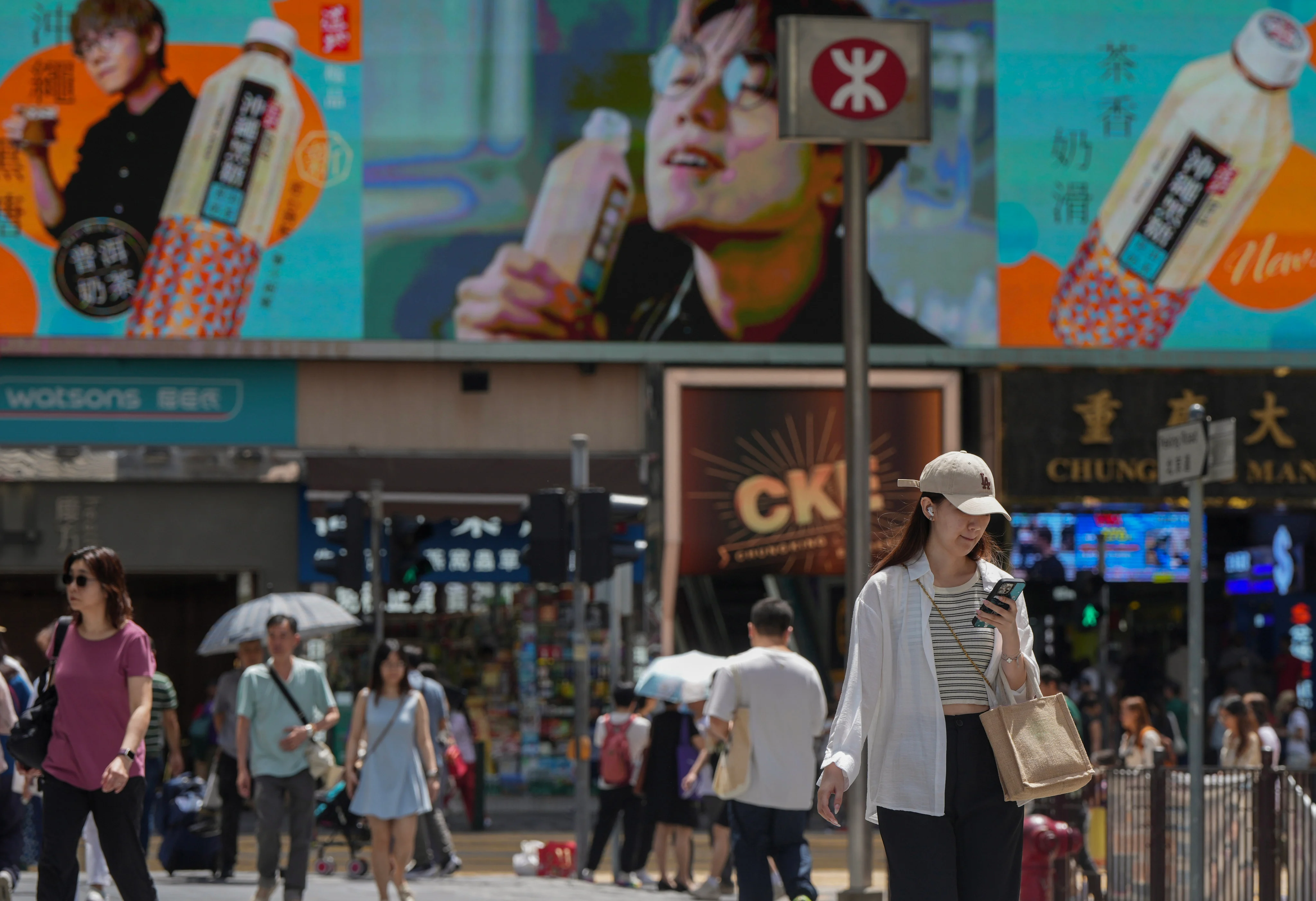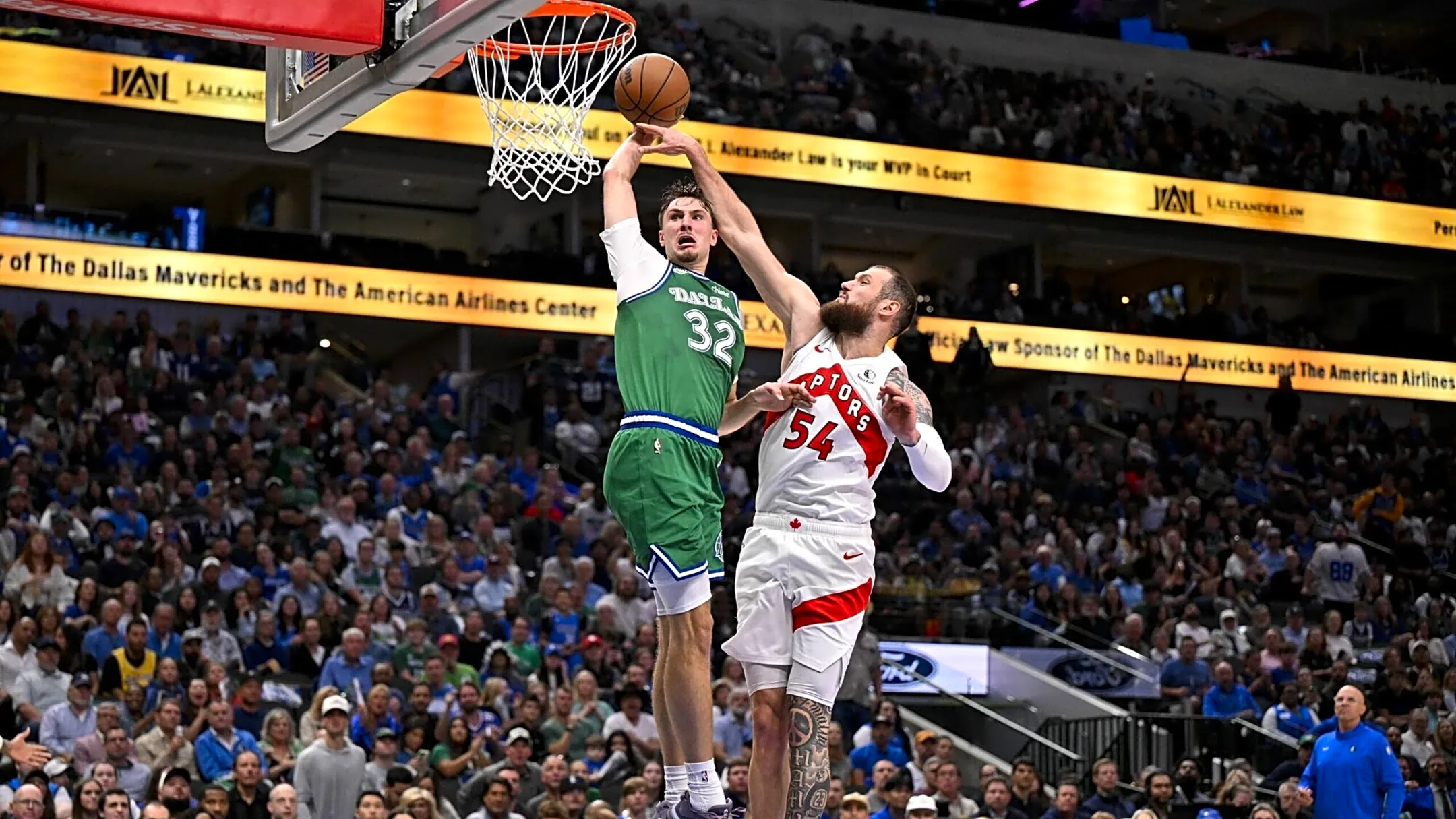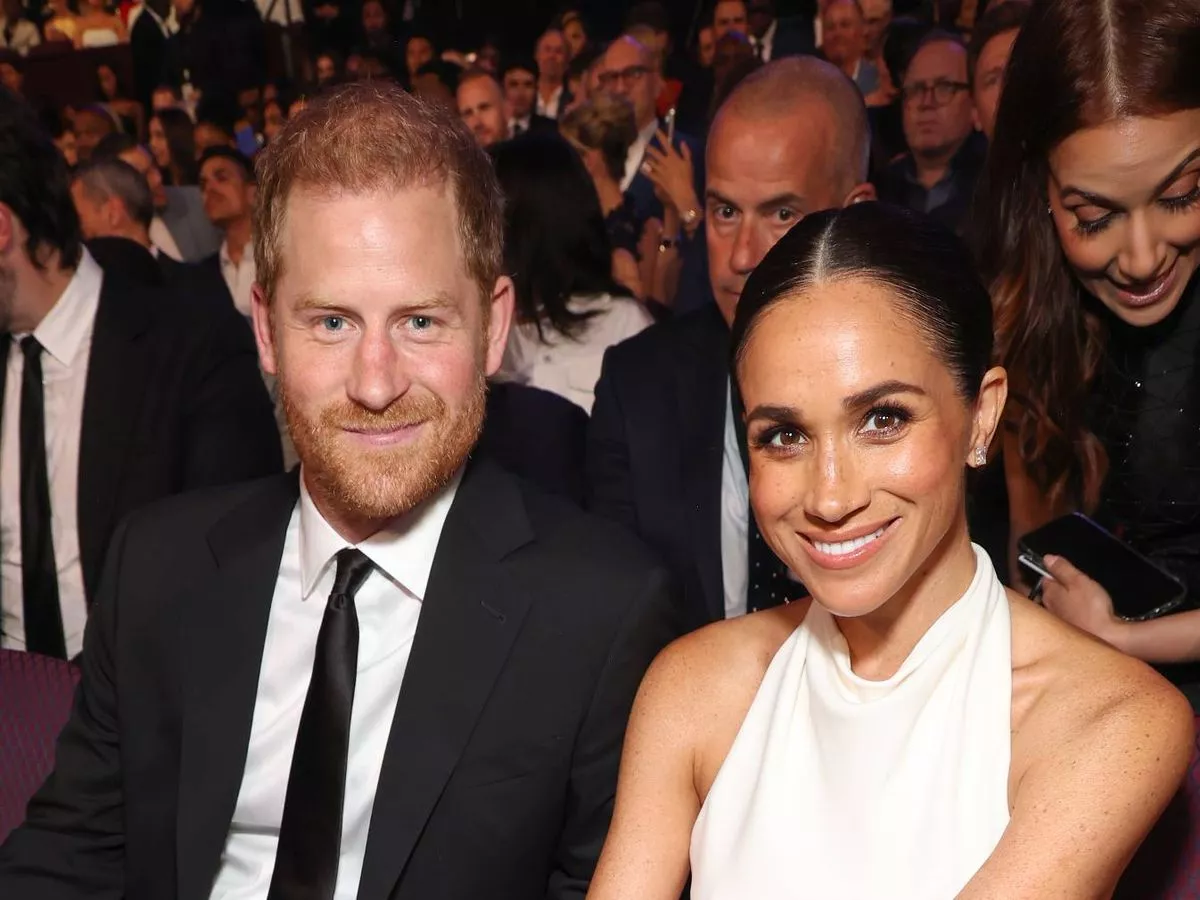Copyright scmp

Hong Kong’s de facto central bank cut the base interest rate for the second time in six weeks, further reducing the cost of funding to help reboot the city’s businesses and reduce the burden on mortgage borrowers. The Hong Kong Monetary Authority (HKMA) cut the base rate by a quarter point to 4.25 per cent on Thursday, hours after the US Federal Reserve pared its target rate by the same margin to a range of 3.75 per cent to 4 per cent during the seventh meeting of the Federal Open Market Committee (FOMC) this year. The new base rate is the lowest for Hong Kong since November 2022. Together with a quarter-point rate cut in September, central banks in Hong Kong and the US have cut the key interest rate by half a percentage point. The Fed’s decision was widely expected, with 99.9 per cent of traders predicting a 25-basis-point cut, according to Tuesday’s data from CME FedWatch, which is based on Fed fund futures contracts. The main reason the Fed eased monetary policy was “emerging cracks in previously solid jobs dynamics”, said David Kohl, chief economist at Julius Baer, in a research note on Tuesday. “Elevated inflation, partly driven by steep tariff increases on imported goods, makes gradual rate cuts of 25 basis points the preferred path of policy easing.” This is the second-rate cut since September 18, following five consecutive FOMC meetings this year without changes. The Fed cut rates by a total of one percentage point between September and December last year. The Fed’s chairman Jerome Powell tried to tamp down expectations of another quarter-point cut in December at the FOMC’s final meeting of the year, even though the probability of a year-end reduction was above 90 per cent according to the CME FedWatch. “A further reduction in the policy rate at the December meeting is not a foregone conclusion, far from it,” Powell said in the opening comments of his post-meeting press conference. His comment weighed on the US stock market, sending benchmark indexes lower. The US unemployment rate rose to 4.3 per cent in August, the highest since 2021, helping to justify the rate cut even though inflation is still rising. US inflation hit 3 per cent in September, up from 2.9 per cent in August, 2.7 per cent in July and June and 2.4 per cent in May. Inflation reached a record high of 9.1 per cent in mid 2023. Under a currency peg known as the Linked Exchange Rate System, Hong Kong’s monetary policy has moved in lockstep with Fed policy since 1983. HSBC, Standard Chartered, Bank of China (Hong Kong) and other major lenders will announce their decision on their deposit and prime lending rates later on Thursday. The commercial banks are free to decide when to change their rates and do not always follow the HKMA’s base rate decisions. In September, the lenders cut their prime lending and savings deposit rates by 12.5 basis points. HSBC and its subsidiary Hang Seng Bank, as well as Bank of China (Hong Kong), now have their prime rate at 5.125 per cent, while Standard Chartered and most other major lenders set it at 5.375 per cent. All the banks have their savings rate at 0.125 per cent. Hong Kong commercial banks are likely to lower their prime rates by 0.125 percentage points on Thursday, along with a cut of the same magnitude in the savings rate, according to Tommy Ong, the managing director of T.O. & Associates Consultancy. “The rate cut is slightly positive for small and medium-sized enterprises and mortgage borrowers,” Ong said. “It will be more positive if there will also be a lower interbank interest rate from the current level.” The one-month Hong Kong interbank offered rate (Hibor), which is used to price many mortgage loans, rose to 3.4373 per cent on Tuesday, up from around 0.5 per cent in June after the HKMA intervened to defend the peg against carry-trade activity. The three-month Hibor, which is linked with many corporate loans, rose to 3.5563 per cent from 1.5409 per cent in late June, according to data published by the Hong Kong Association of Banks. “Hong Kong banks will follow the Fed and HKMA rate cut on Thursday because non-performing loans remain elevated,” said Ryan Lam Chun-wang, head of research for Hong Kong at Shanghai Commercial Bank. “They need the relief valve to ease the pressure.” If Hong Kong lenders cut the prime rate by 0.125 percentage points on Thursday, the prime rate would again drop to the historical low of 5 per cent and would not be likely to drop further, according to Ong. “The saving rate will drop to zero when HSBC and major lenders’ prime rates drop to 5 per cent,” he said. “They would not let the savings rate go negative, so they cannot cut the prime rate further.”



